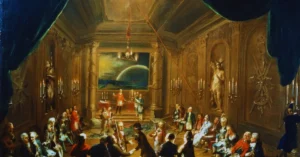When contemplating art, your initial thoughts may revolve around the visual components of the work. However, it encompasses more than just hues and shapes, since texture also has a crucial part to play. In the context of art, texture pertains to the observed or real surface feature of an artwork. Incorporating this element provides an added depth and uniqueness to the piece, thereby enhancing its capacity to captivate and enthrall.
Texture in Art
You may have noticed texture both in traditional and digital art forms. Sometimes it’s implied, meaning that the artist creates the illusion of texture through the use of value, color, and contrast. Other times, texture is actual, where it’s about the tactile quality of the artwork’s surface that you can feel when you touch it.
Artists employ various techniques and mediums to incorporate texture into their work, like using thick brush strokes or intricate mark-making. By understanding texture in art, you can further appreciate the elements that go into creating captivating and emotive art.
Defining Texture in Art

Tactile Texture
In art, texture refers to the quality of an artwork’s surface, both in terms of its visual appearance and how it might feel when touched. Tactile texture, specifically, deals with the physical aspect of the surface. By exploring different materials and techniques, artists can create a variety of surface qualities that evoke different emotions and responses in the viewer. For example:
- Smooth surfaces: typically feel inviting and calming, often seen in minimalist art.
- Rough surfaces: can evoke a sense of chaos or struggle, commonly found in expressive, abstract pieces.
Experimenting with tactile texture in your own work can help you tell a story or create a certain mood.
Visual Texture
On the other hand, visual texture focuses on the perceived appearance of an artwork’s surface. Artists use various elements, such as shape, form, and value, to give their pieces a certain visual “feel”. This is particularly important in two-dimensional work like painting or drawing. Some popular techniques to create visual texture include:
- Hatching and cross-hatching: using parallel or intersecting lines to create the illusion of depth and texture.
- Stippling: using dots or small marks of varying size and density to create a sense of texture and volume.
- Drybrush: applying paint with a stiff, relatively dry brush to create a rough, broken appearance on the surface.
Understanding texture in art and how to utilize both tactile and visual texture can add depth and complexity to your creations. By engaging your viewer’s senses in different ways, you make your work more immersive and memorable.
The Role of Texture in Composition
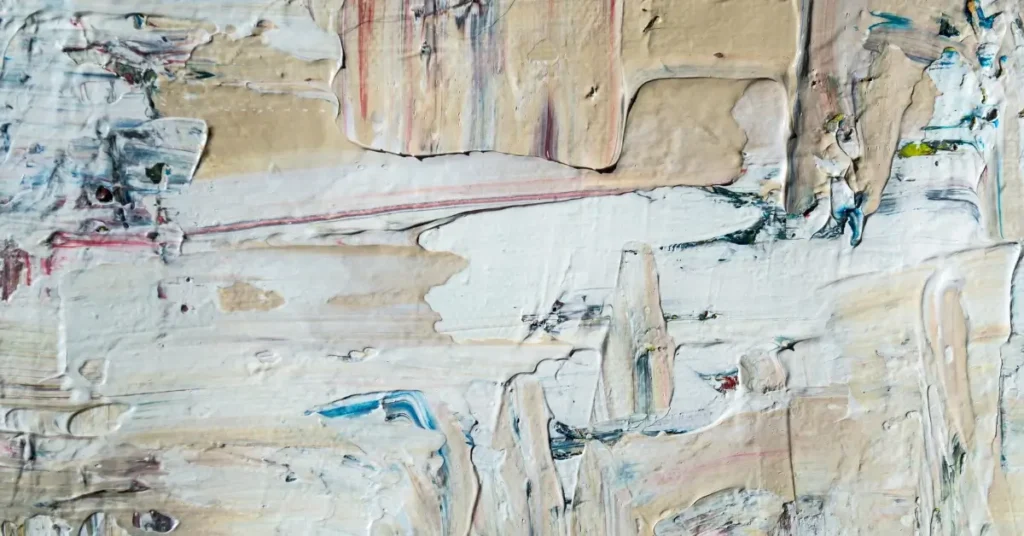
Texture in art refers to the way an artist creates a visual or tactile quality on the surface of their work. It can significantly impact the composition of a piece, eliciting various emotional responses from the viewer. In this section, you’ll learn about the critical roles texture plays in a composition’s balance and weight, focus and emphasis, and contrast and harmony.
Balance and Weight
The use of texture can create a sense of balance and weight in your art. Heavier or denser textures tend to draw the viewer’s eye, creating focal points that can stabilize and anchor a piece. On the other hand, lighter or smoother textures can give a sense of airiness, making the composition appear less dense.
For example, imagine a painting with:
- Heavier textures: Thick, bold brushstrokes or heavily applied paint
- Lighter textures: Delicate, thin brushstrokes or a soft, blended effect
Incorporating both types of textures can create a harmonious balance, preventing your artwork from appearing too crowded or overwhelming.
Focus and Emphasis
Texture can also help guide the viewer’s focus and create emphasis within your artwork. By strategically placing contrasting textures, you can draw attention to specific areas, leading to a more engaging and dynamic composition.
Consider incorporating these techniques:
- Bold lines: Surrounding a focal point with contrasting textures or bold lines can accentuate it.
- Repetitive patterns: Use repetitive textures or patterns to create a sense of movement, drawing the viewer’s attention towards a focal point.
Contrast and Harmony
Finally, the use of different textures can create contrast and harmony within your art, providing both visual interest and a sense of unity. When different textures coexist within a single piece, they interact with one another, creating a sense of tension and visual excitement.
To achieve contrast and harmony, try the following:
- Opposing textures: Combine rough and smooth textures, or organic and geometric patterns, to create contrasts that catch the eye.
- Complementary textures: Use textures that share similar qualities, such as color or value, to create harmony and cohesion.
By understanding the role of texture in composition, you can enhance your art by creating balance, guiding focus, and achieving contrast and harmony. Experiment with different textural elements to discover the unique effects each can have on your work.
Types of Textures in Various Art Forms
Painting and Drawing
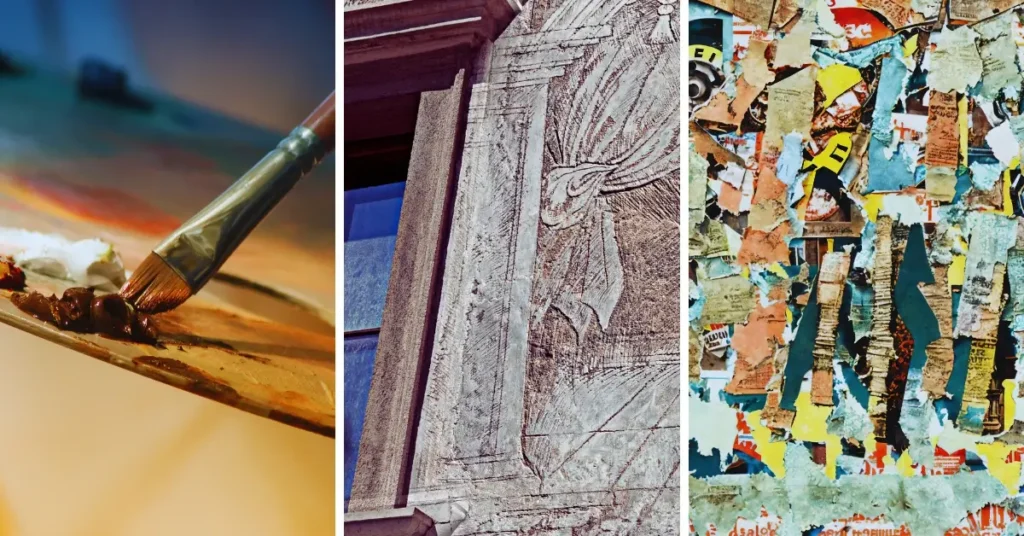
In painting and drawing, artists use two types of texture to convey their vision: visual, also known as “implied” texture, and tactile, the physical texture you can feel by touching the artwork. Visual texture is created through the use of elements such as lines, shapes, and shadows, while tactile texture comes from the physical layers of materials, like thick paint or charcoal.
As an artist, you can experiment with various techniques and tools like brushes, palette knives, sponges, or even your fingers to achieve your desired level of texture.
Here are some ideas on how to create texture in painting and drawing:
- Dry brush technique: Apply paint with a dry brush to create a rough, scratchy effect.
- Sgraffito: Scratch away layers of wet paint to reveal the underlying surface or colors.
- Collage: Incorporate different materials such as paper or fabric to create a three-dimensional effect.
Sculpture and Relief
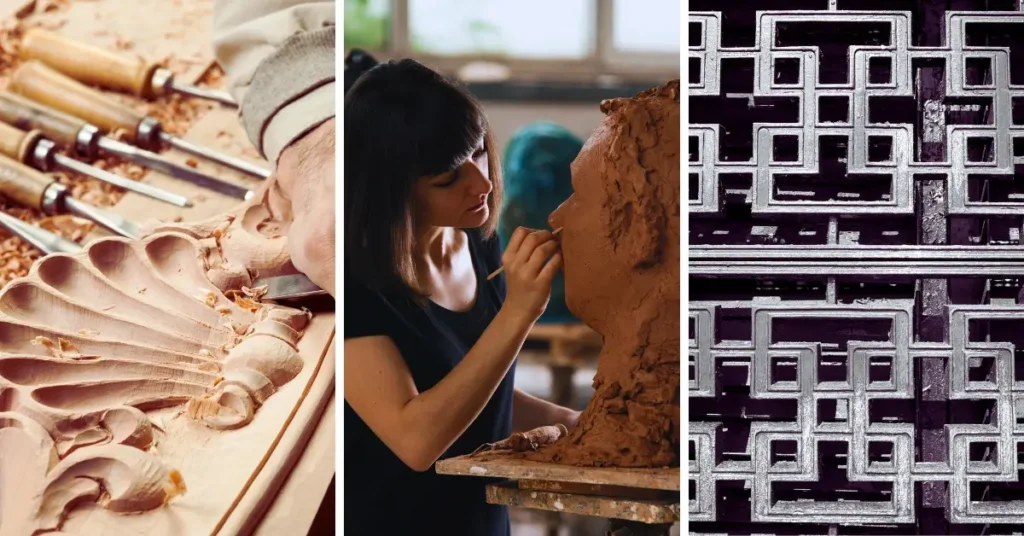
When it comes to sculpture and relief, texture is paramount since these art forms rely on the physical touch and feel of their materials to resonate with the audience. Material choices, such as wood, metal, stone, or clay, can drastically influence the texture in a sculpture or relief. You can carve or mold materials with different tools, like hammers, chisels, or rasps, to create diverse textural experiences, reinforcing the intended message or emotions of your work.
Here’s a breakdown of common sculpture materials and their inherent textures:
| Material | Texture |
|---|---|
| Wood | Organic, grainy, warm |
| Metal | Smooth, cool, reflective |
| Stone | Rough, cool, solid |
| Clay | Soft, malleable, earthy |
Photography and Digital Art
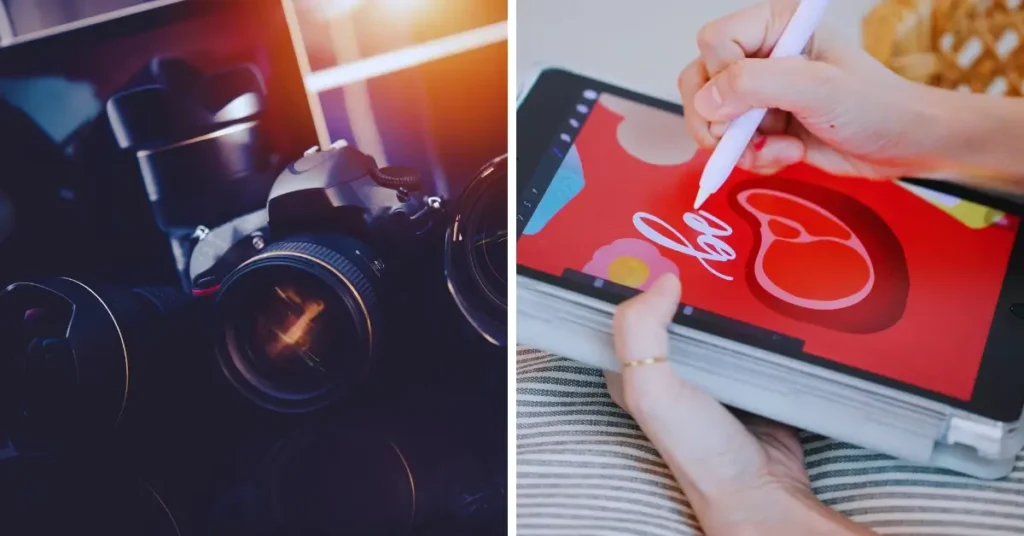
Texture in photography and digital art can be achieved through various techniques, both in capturing the image itself and during post-processing. When photographing subjects, you can consider lighting, angles, and composition to emphasize texture. In digital art, you can utilize software programs to add or accentuate textures by layering and blending different patterns and effects.
Here are a few tips for enhancing texture in photography and digital art:
- Manipulate lighting (direction and quality): Sidelighting can cast shadows and reveal detailed textures.
- Experiment with depth of field: A shallow depth of field can isolate specific textures in your frame.
- Utilize filters and digital effects: Add overlays, texture brushes, or blending modes in digital art to create complex visual textures.
By experimenting with different techniques, materials, and effects, you can use texture to transform your artwork, giving it depth, complexity, and a lasting impact.
Creating Texture in Artwork

Traditional Techniques
To create texture in your artwork using traditional techniques, you can consider the following methods:
- Paint application: You may use a thick paintbrush to apply thicker paint layers to your canvas, creating an impasto effect that gives the surface a rough, tactile quality.
- Dry brush: Using a dry brush with little to no paint can create a scratchy, textured effect on the canvas.
- Palette knife: A palette knife can be used to spread, scrape, or cut through paint, producing a variety of surface textures.
- Incorporate materials: You can use mixed-media techniques by adding sand, paper, or other materials into your paint to create a textured surface.
- Etching and carving: For sculptures or relief artworks, carving or etching into your medium can create a variety of textures and patterns.
Modern and Digital Techniques
Exploring modern and digital techniques for creating texture can offer new possibilities and make your artwork even more dynamic. Here are some ideas:
- Digital painting: Use different brush tools and custom brushes in digital painting software to simulate textures found in traditional art mediums or create entirely new ones.
- Photography: Incorporate textures in photographs by capturing close-ups of surfaces, then manipulate these images in editing software to create unique textures in your compositions.
- 3D modeling: In 3D modeling software, you can create textures using bump maps or displacement maps to simulate realistic surface textures on your virtual objects.
- Collage: Combine digital textures with handmade elements to create hybrid pieces that bridge the gap between traditional and digital techniques.
Remember, experimenting with new methods and combining different techniques can lead to unique and captivating textures in your artwork. Keep exploring and have fun with your creative process!
Texture in Artistic Movements and Styles
Impressionism
In the Impressionism movement, artists sought to capture the essence of a scene rather than focusing on the realistic details. The use of texture was key to achieving this goal, as it provided a sense of depth and movement. For example, you might notice that Claude Monet often used short, thick brushstrokes to layer different colors on top of each other. This technique created a soft, almost blurred effect that was reminiscent of how our eyes perceive light and color in the natural world.
Abstract Art
Abstract art, on the other hand, relies heavily on texture to create visual interest and convey emotion. As an abstract artist, you would experiment with a variety of shapes, forms, and values to create a unique composition that doesn’t necessarily depict a recognizable subject. You might use techniques such as impasto, where thick layers of paint are applied to the canvas, creating a highly tactile surface. Alternatively, you could opt for a more subtle approach, using delicate lines and airy brushstrokes to elicit a sense of calm or serenity.
Realism and Hyperrealism
Finally, in the genres of Realism and Hyperrealism, texture plays an essential role in making the artworks look true-to-life. Artists in these styles masterfully recreate the tactile quality of an object’s surface to evoke feelings of pleasure, discomfort, or familiarity in the viewer. Realist and hyperrealist painters carefully observe and mimic the texture of subjects, such as skin, fabric, or nature, to produce incredibly lifelike results.
As you can see, texture plays a significant role in various artistic movements and styles. Whether it’s the soft brushstrokes of Impressionism, the bold compositions of Abstract art, or the meticulous detail of Realism and Hyperrealism, texture adds depth and richness to artwork, engaging the viewer and amplifying the artist’s intended message.
How do you perceive texture in works of art? Feel free to share your experiences in the comments.
What is texture in art for children?
Texture in art for children refers to how things look like they’d feel if touched. It can be actual (felt with touch) or visual (seen with eyes), created with different materials or brushstrokes in artwork.
How do you use texture in art?
In art, texture is used to add depth, interest, and realism. Artists can create texture through brushstrokes, layering, sculpting, or using mixed media to give a two- or three-dimensional quality.
How does the texture feel?
Texture in art can feel smooth, rough, soft, hard, bumpy, or grainy, and can add a tactile dimension to the visual experience, engaging the sense of touch.



